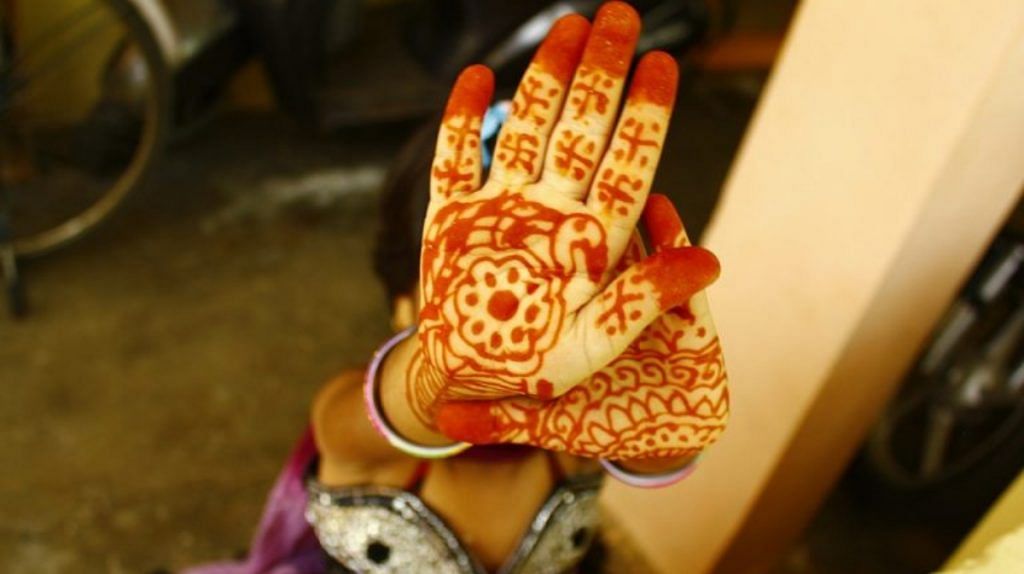New Delhi: Child marriage cases in India have primarily been filed against incidents of elopement, as opposed to arranged or forced marriages, revealed a new study that aims to understand if the existing legislation — Prohibition of Child Marriage Act — serves its purpose.
Delhi-based ‘legal resource group’ Partners for Law in Development (PLD) conducted the study, analysing “district and High Court case law” pertaining to child marriage in India between 2008 and 2017. The law was enacted in 2007.
Out of the original sample of 187 cases from the period, 83 were selected for the study. These cases reflect “diverse types of legal action, including and beyond the Prohibition of Child Marriage Act, that sought varied remedies available in civil, criminal and constitutional law”.
According to the findings, 54, or 65 per cent, of the sample cases related to elopement while 25 related to arranged marriages. Just four were related to forced marriages.
The study focused on the distinctions between incidents of elopement by children against the wishes of parents/legal guardians, compared to incidents of forced or arranged child marriage.
PLD divided the study into sections on cases filed by girls, by parents, by husbands, and against parents. “This comprises the cases of parents prosecuting the husbands or seeking custody of their daughter as well as cases in which the husband or the couple sought protection, cohabitation, bail or quashing of criminal charges,” the study added.
Also read: SC dismisses plea of rape survivor from Kerala seeking permission to marry her assaulter
Object of study
According to PLD, its object was to examine which form of legislation may best support girls most vulnerable to child marriage and provide recommendations for the same, given the lack of “cogent evidence” on the effectiveness of the existing child marriage law.
“This qualitative analysis looked at the extent to which the law serves its intended purpose and whether it empowers those it is intended for, by comparing categories of litigants who initiate legal action and the remedies sought against its consequences on the young for whom the law is intended,” the study said.
Other findings & recommendations
The PLD study found that the vast majority of child marriages during the decade it analysed took place in “resource-poor socioeconomic contexts”.
“This is borne out by references in the case law to low-paid and uncertain livelihoods, lack of official identity and birth documentation, residence in urban slums, peri-urban industrial localities and rural areas, as well as low levels of education,” the study said.
It also found that the legal system was primarily accessed by parents, not girls, while applying the law on child marriage. This puts “disproportionate burden of criminality and stigma on husbands” and “lends the law to malicious and retributive use, which it was not enacted for”.
Based on these findings, the PLD made an extensive list of legislative recommendations.
“The premise of the law reform must be towards empowering children and adolescents vulnerable to marriage and towards crafting redress that transforms the conditions driving early marriage,” it said.
In order to address the discrepancy between filing cases against elopement by children and forced or arranged marriages by parents, the group said the latter must also be considered as grounds to void a child marriage.
It also offered a distinction between elopement and enticement in child marriage cases. “It is important, as the courts have consistently done, to distinguish cases in which girls exercise intelligent preference to marry from cases of enticement,” the study added.
Also read: Poorer Indian women lost more jobs than men, ate less during pandemic, study says
